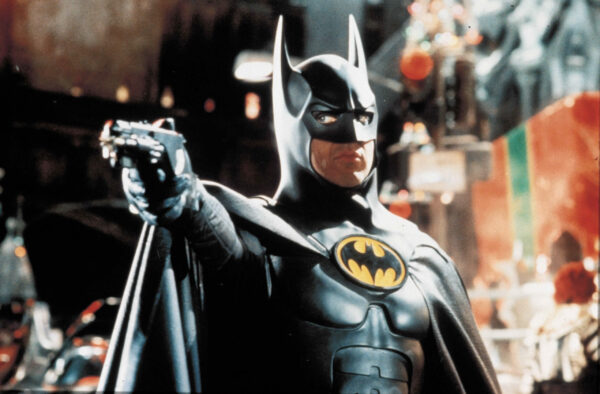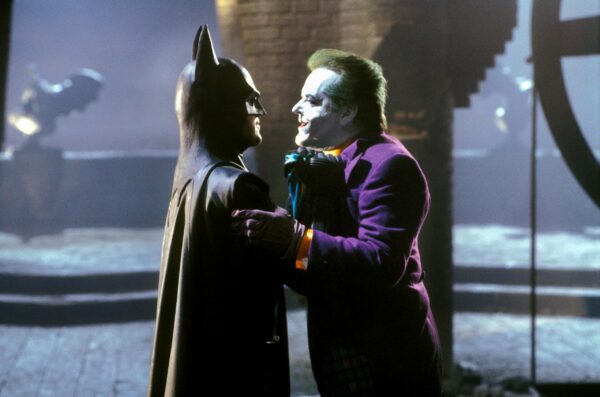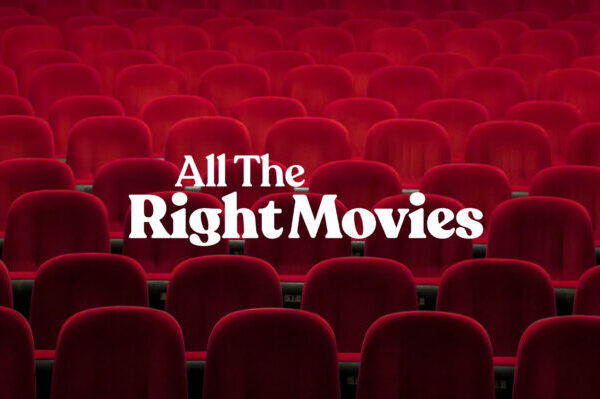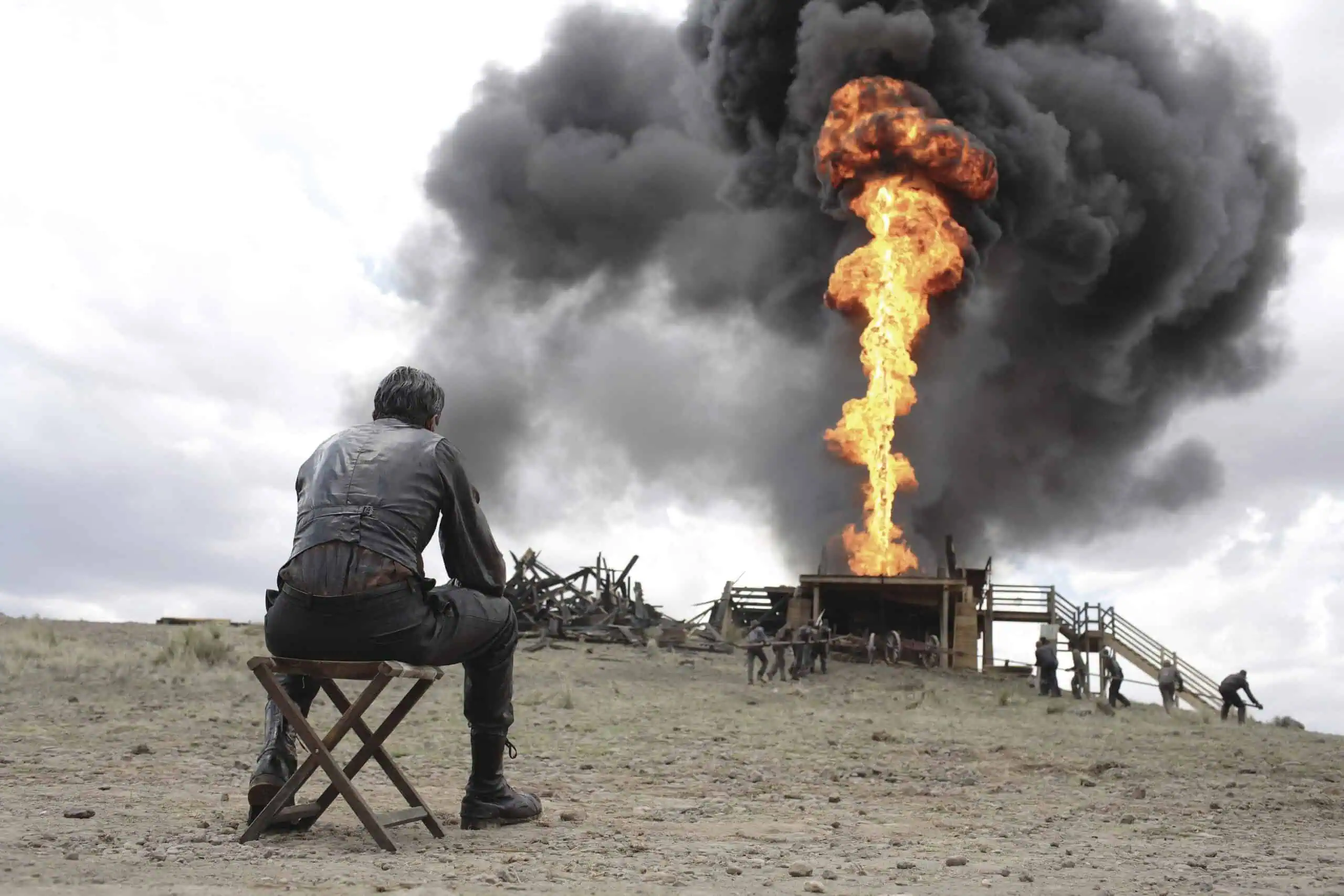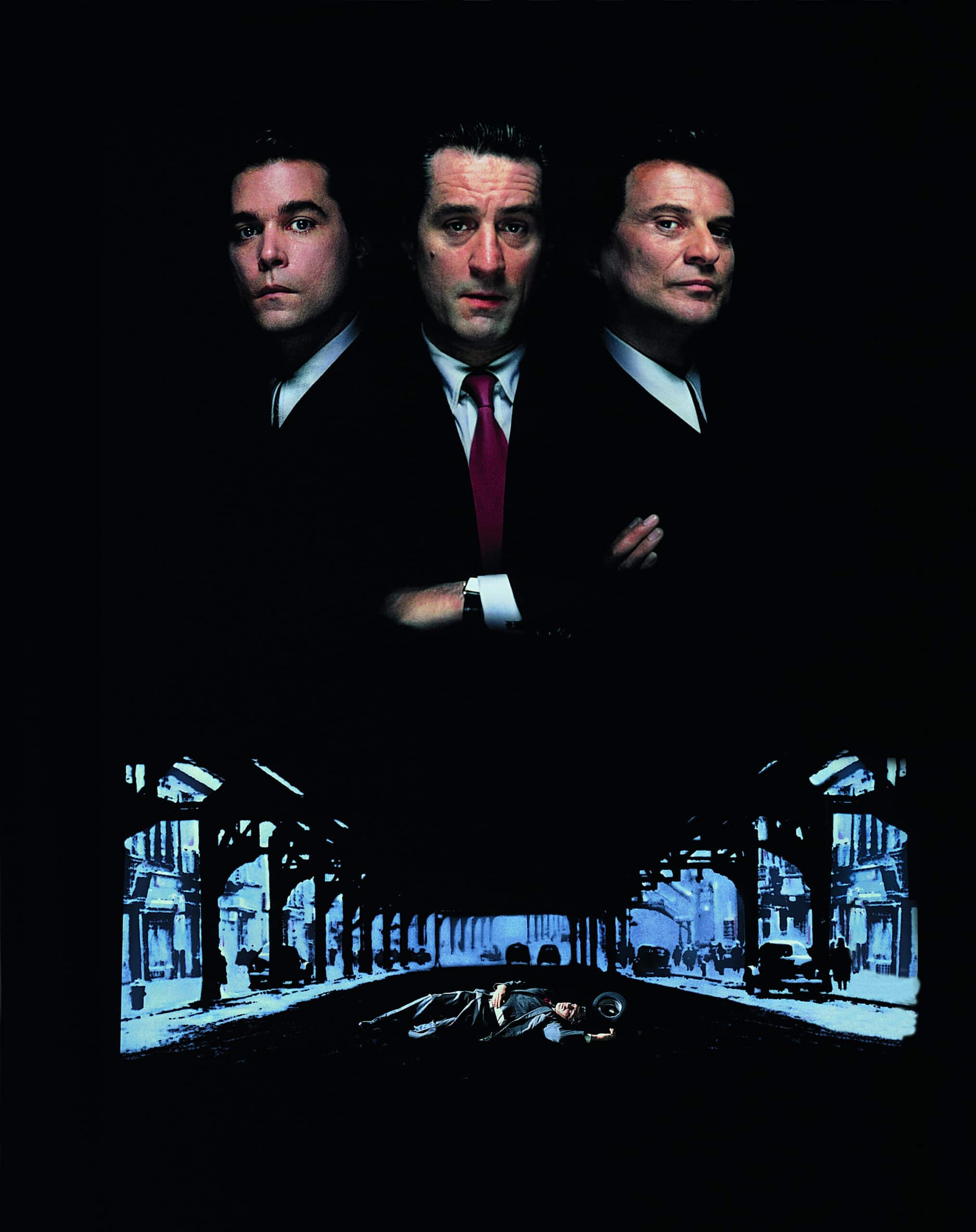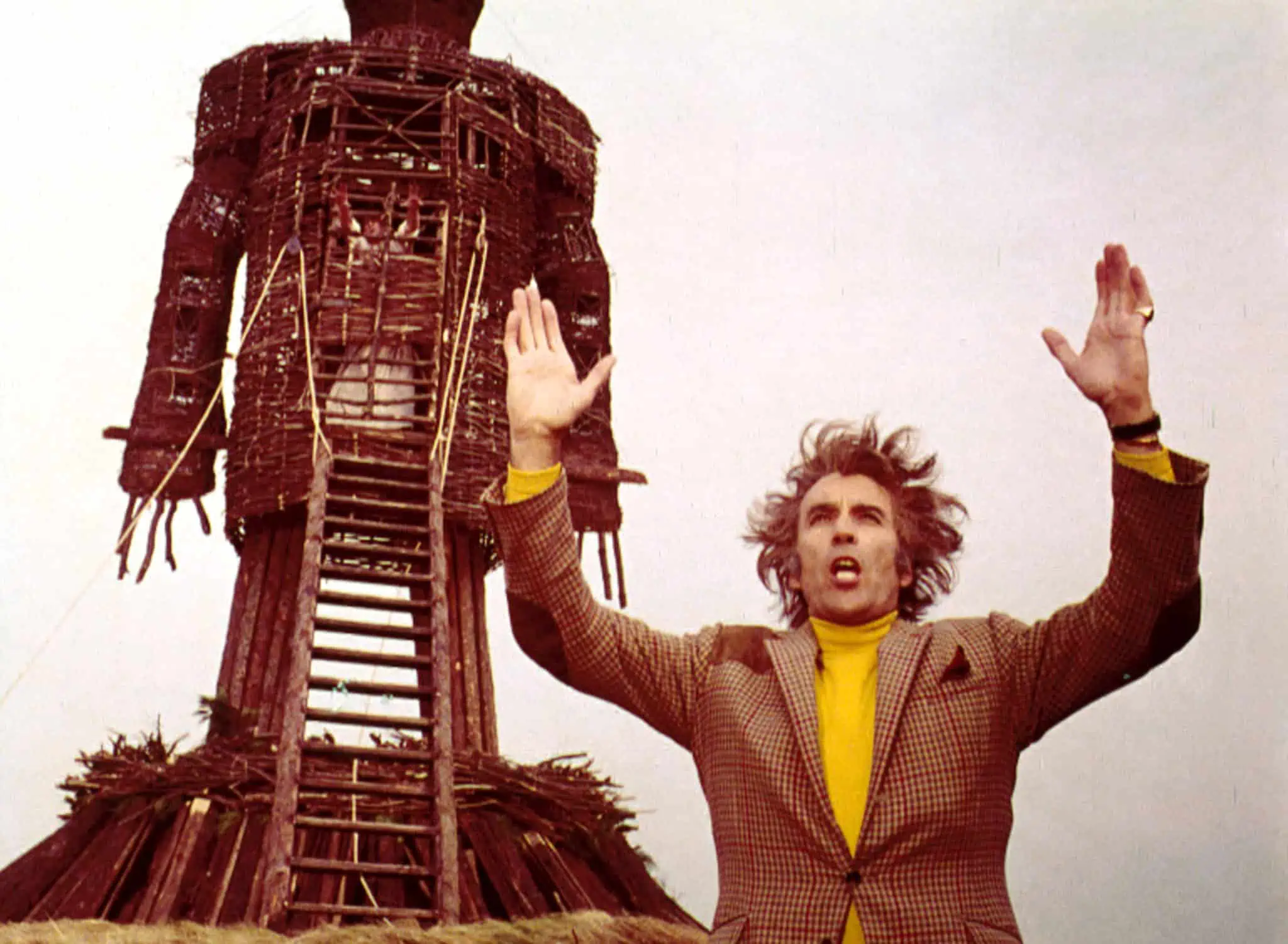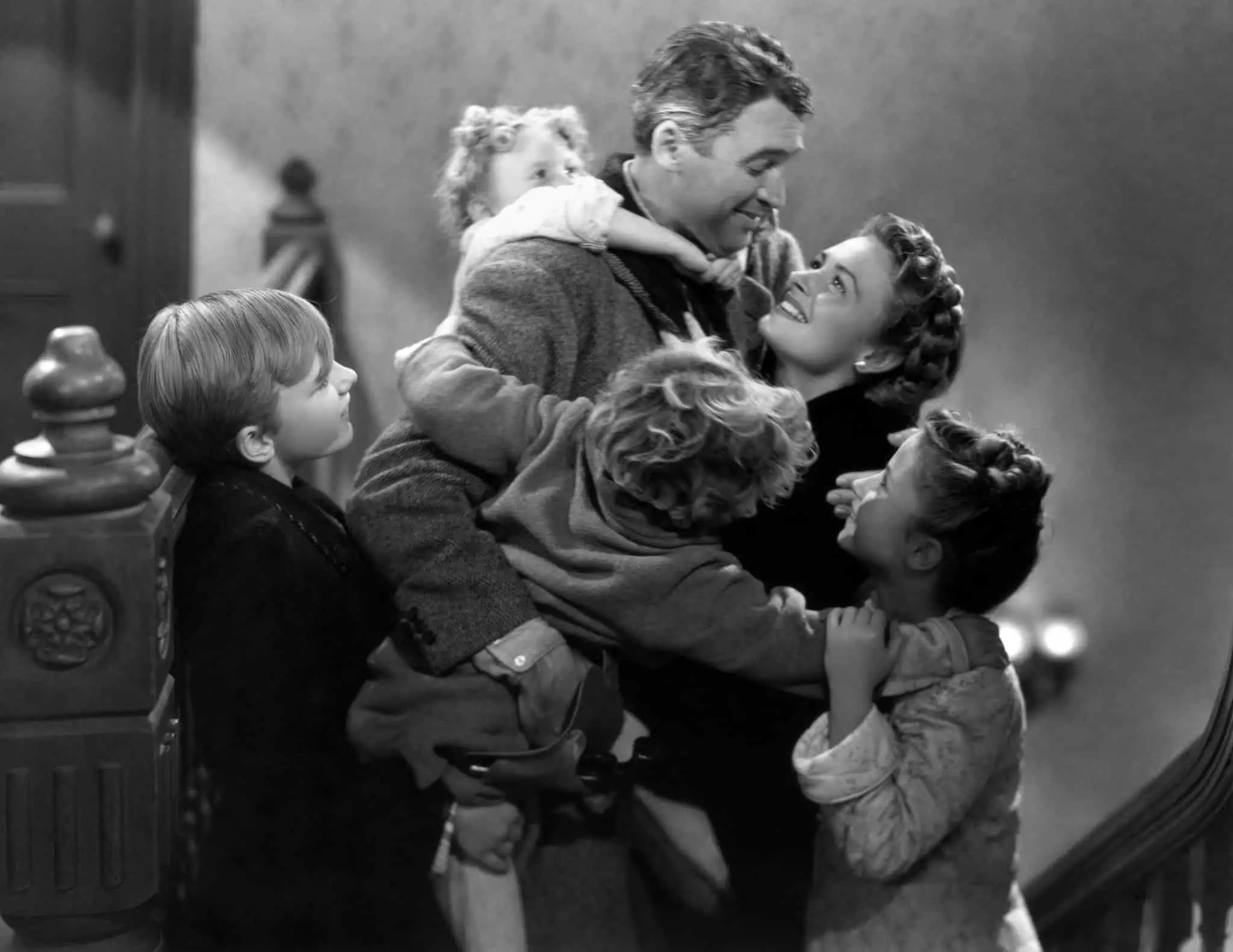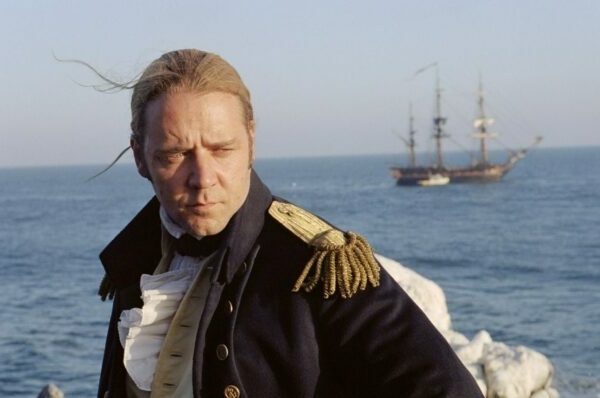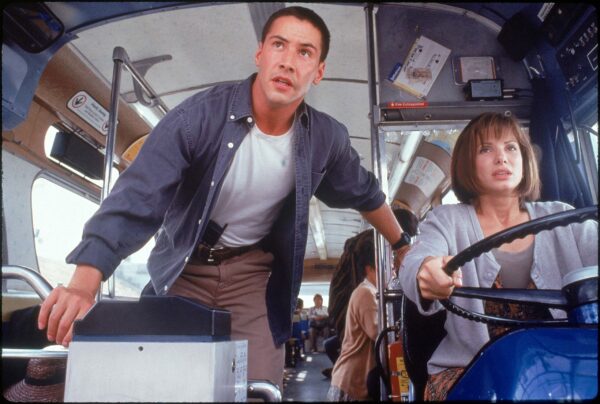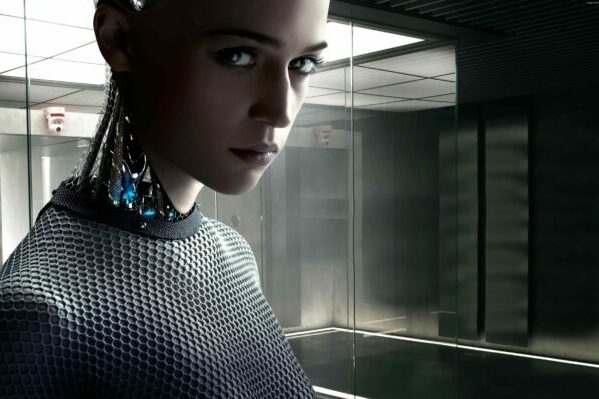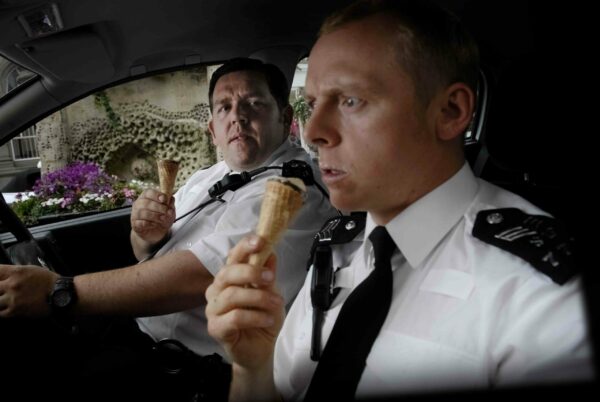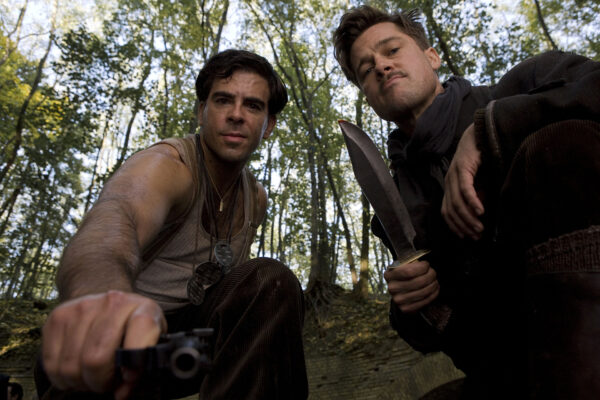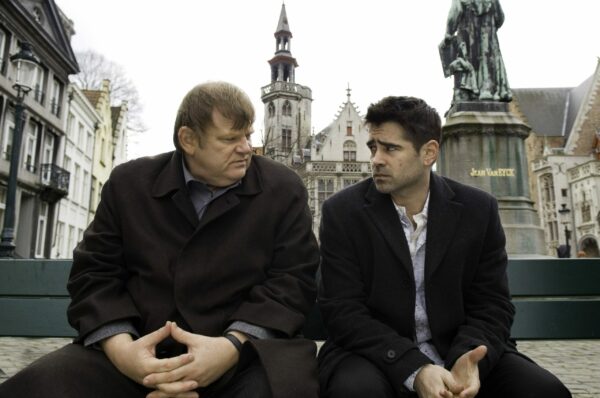
When Ursula Andress emerged from the sea in Dr. No in 1962, the Bond Girl instantly became one of the classic Hollywood tropes. Decades later, she still is. Rebecca Gallon explores the Bond Girl’s journey, and how she, like 007, has had to change with the times.
“You think of women as disposable pleasures, rather than meaningful pursuits,” Vesper Lynd tells James Bond in Casino Royale (2006). This sentence applies to the character’s view of women but what if it also reflects James Bond’ producers, writers and directors’ point of view? In November, the 25th James Bond film No Time To Die is coming to our screens. Phoebe Waller-Bridge (writer and star of British comedy-drama Fleabag) was brought on to edit the script of the 25th film to ramp up the humour, and tone down the chauvinism (something the series is oft-criticised for), which makes it just the third Bond movie to feature a woman on writing duties (Johanna Harwood helped to write the first two Bonds in the 1960s). Let’s go back in the past and see why such a move was necessary by examining the evolution of the Bond Girl, an iconic but often criticised element of the James Bond films.
Who is the Bond Girl?
60s – 70s: A sexy and exotic… plot device
On hearing the expression “Bond Girl”, many instantly visualise Ursula Andress emerging from the ocean in a white bikini in Dr. No (1962). Not just iconic, the image was very daring at the time (a bikini in technicolor!) and it also illustrates the Bond girl’s main purpose: to be attractive. Bond girls are defined by their physical assets, as reflected in the casting process for Andress: it was non-existent – the producers saw her picture and gave her the role without ever meeting her. Many Bond girls also have very suggestive names revealing their purpose: Pussy Galore (Goldfinger, 1964), Plenty O’Toole (Diamonds Are Forever, 1971), Kissy Suzuki (You Only Live Twice, 1967) and, er, Holly Goodhead (Moonraker, 1979) are just some examples.
A Bond girl charms the viewer – and 007 – not just through good looks but also by introducing us to a new world through an exotic accent and clothes, something that was especially appealing in a time when the internet was a thing of the future, and the world a larger place. Even British Bond girls were often portrayed as colourfully alluring, such as Solitaire, the truth teller who is covered in jewellery and extravagant gowns (Live and Let Die, 1973).
In the early films, the Bond girl is usually portrayed as a damsel in distress, a bit dumb, and needy – especially when she is not British. Ursula Andress (Dr.No, 1962) is constantly infantilised by Bond, and at one point even needs help buttoning her shirt! She later mistakes a tank covered in cardboard for a dragon. 10 years on from Dr. No, little had changed, and the bad decisions made by clumsy Mary Goodnight, played by Britt Ekland (The Man with the Golden Gun, 1974) turn what should have been a victory for Bond into a win for the assassin Scaramanga.
The Bond girl is usually portrayed as a damsel in distress, a bit dumb, and needy – especially when she is not British.
The Bond girl seems to portray a degrading male-fantasy image of women. Bond is so attractive that Pussy Galore (a lesbian) still ends up in bed with him. The Bond girl was never a respected acting role, as defined by the “Bond Girl Curse”: playing a Bond girl often seemed to irreparably damage actresses’ careers. The negative image attached to this role has one simple explanation. The Bond girl is not a character, she is a plot device, there to help James Bond advance in his missions, or his bedpost-notch count. Roald Dahl said that when writing You Only Live Twice (1963), he was advised to use three Bond girls: the first should die early in the film, “preferably in Bond’s arms”, the second should be a villain whom Bond seduces before she dies in an unusual and gory way in the second act, and the third would survive to the end of the film. This specific narrative role for each Bond girl explains why they are all expendable, in the eyes of both Bond and the viewer, who know not to expect the same girl in more than one film.
There are, however, some interesting Bond girls who seem to challenge and question James Bond instead of simply obeying him, such as Pussy Galore and Countess Tracy Di Vicenzo (Diana Rigg) who captures James’ heart (On Her Majesty’s Secret Service, 1969) but all these women either fall for James, or die – used as plot devices – as if they stayed alive or true to their character they would distract us from what matters: James and his mission.
80s-90s: A Reflection of societal changes
In the latter half of the 1970s, the Bond girl became more independent and sophisticated in order to reflect the feminism of the time. This is most perceptible in Anya ‘Triple X’ Amasova played by Barbara Bach (The Spy Who Loved Me, 1977). For most of the film, Bond and Amasova are portrayed as equals, constantly fighting to outdo one another in their mission objectives. Of course, amid all that competition, they cannot help but fall in love.
The 1980s brought fewer girls per film and less sex. In a development linked to the AIDS epidemic spreading at the time, we never see women take their clothes off. Bond even refuses sex (yes, this actually happens) when the young Bibi Dahl throws herself at him because she is underage (For Your Eyes Only, 1981).
These women were not quite the passive damsel-in -distress-types we had grown accustomed to. They had many skills that actually benefited James – and occasionally even helped him complete his mission. The ’80s and ’90s Bond girls included trained assassins (A View To A Kill, 1985), programmers working for Space Control Centres (Goldeneye, 1995), and nuclear physics doctors who also speak fluent Russian (The World Is Not Enough, 1999).
These women not only helped James, they sometimes saved him like Pam Bouvier (Carey Lowness) in Licence To Kill (1989). In Tomorrow Never Dies (1997). Michelle Yeoh even had an entire fight scene where James does not appear – Bond girls were becoming characters in their own right, instead of living to fulfill James.
With all of their talent, these women did, of course, still find the time to look flawlessly gorgeous, sometimes wearing ridiculous attire, such as Denise Richards’ Lara Croft look in The World Is Not Enough. Did women really wear such outfits in real nuclear power stations…?
2000s – 2010s: An Equal to James?
The new decade started very positively in terms of strong Bond girls. In 2002, came two strong leading ladies in Die Another Day. Halle Berry, plays an NSA agent that is full of secrets and Rosamund Pike a calculative, Olympic fencing champion. Both strong. Both independent.
Then came a new era with Daniel Craig starring as 007 in Casino Royale (2006). Like Andress all those years before, Craig emerges onto the beach in Casino Royale, establishing him as a beautiful object to look at. In Royale, James meets Vesper Lynd, played by Eva Green. Vesper is one of Bond’s most complicated women. Not only Bond’s intellectual equal (or better), she also constantly objectifies him, exactly as he objectifies her. Her character was well-written, well-acted, and fleshed out to the point that she actually challenges Bond. Still, Vesper had to die because, of course, no one can challenge Bond’s status as a womanizer and there was no room for a woman who might stop his future conquests.
All the Bond films since Casino Royale have shown women in a more conventional and sexist way. This is untrue of Miss Moneypenny (Naomie Harris) who, in Skyfall (2012), was developed beyond the flirtatious secretary Sean Connery charmed in the ’60s. However, she is never truly considered as an equal to Bond, she is there to help him and carry out sexy massages/shaves when he so desires. The other women exist to either sleep with Bond (Strawberry Fields in Quantum Of Solace), or make us despise the villain that has abused them (Severine in Skyfall). Every one of these new Bond girls are are defined by how they were treated by other men instead of being defined as individuals with their own agendas. Even Monica Belluci’s role in Spectre (2015) is disappointing. Many were excited by the idea of an older Bond girl (a “Bond Woman”) but her role in the plot amounted to sleeping with Bond and not much else.
In the upcoming No Time To Die, one of the Bond Girls will be Dr. Madeleine Swann, played by Léa Seydoux. She is only the second recurring actress to appear in a Bond film (after first showing up in Spectre). This could be good news as, in Spectre, she is intelligent, complicated, and doesn’t spend the movie lusting after 007. Comparisons with Vesper Lynd are inevitable but the main difference between them is their relationship with Bond. Dr. Swann has barely any scenes of complicity with Bond, and the relationship between the two is neither as developed nor well-written as Bond and Vesper. Time will tell.
2020s : A female James Bond?
James Bond will be surrounded by women in No Time To Die. Not just Léa Seydoux, but also Naomie Harris returns as Moneypenny. Bond debutant Ana de Armas will play the mysterious Paloma, and Lashana Lynch is on board as MI6’s new 007. This will be Daniel Craig’s final outing as Bond and there are many speculations around Lynch’s role. Will she carry on the series? This would be a gigantic change for the 50 year old saga, but as we have discussed, change is often needed, and can happen, even within a world as stylised and masculine as the Bond-verse.
What do you think of our Bond girl rundown? Where do you think the Bond girl should go in future? Leave a comment below.
And listen to our Take30 podcast episode where we discuss all aspects of Bond, including the Bond girl.


